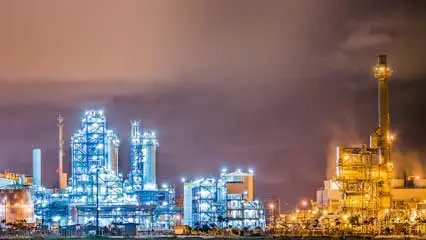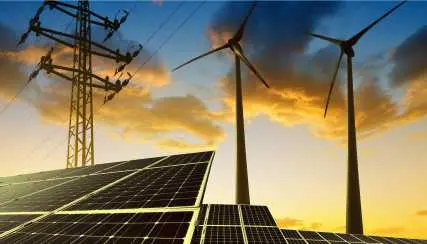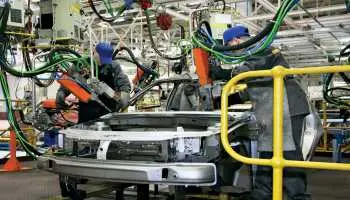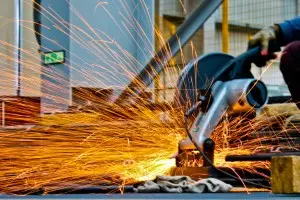A nickel, cobalt, and manganese-based cathode material is used in a particular kind of lithium-ion battery called a Nickel Manganese Cobalt (NMC) battery. Cobalt ensures stability and lifespan, manganese enhance safety, and nickel provides a high energy density. These elements are combined to maximize performance. Because of its reputation for power, energy, longevity, and thermal stability, NMC batteries are perfect for use in energy storage systems, power tools, and electric vehicles (EVs). They are a well-liked option in the expanding renewable energy and transportation industries because to their capacity and long cycle life while ensuring safety.
Drivers: Electric vehicles have becoming increasingly popular as nations around the world step up their efforts to fight climate change and lessen their reliance on fossil fuels. Because of their exceptional performance and great energy density, NMC batteries have become a preferred power source for EV makers. These batteries address major customer concerns about EV adoption by providing improved safety features, faster charging speeds, and longer driving ranges. Additionally, developments in NMC battery technology have reduced costs and increased energy efficiency, opening up the market for electric vehicles.
Challenges: NMC batteries still have difficulties reaching even higher energy densities, even if they have a comparatively better energy density than some other lithium-ion chemistries. This restriction has a direct effect on EV driving range and portable electronic device runtime, which affects customer happiness and adoption. However, the incapacity to further boost energy density restricts the potential applications of NMC batteries in industries like wearable technology and aerospace where weight and space are crucial considerations.
Market Trends: The market for nickel manganese cobalt (NMC) batteries has been expanding significantly as a result of the rising need for effective batteries for various industrial uses. This is promoting a number of creative industry initiatives. Nickel batteries work better even if they cost more. As a result, businesses and researchers are creating novel chemistries to appeal to consumers who are price conscious. Since NiZn batteries increase energy density and can store more energy, they may find widespread use in data centers and grid storage. Many firms are changing the concentration rate of nickel, manganese, and cobalt in order to further innovate and build cost-effective NMC batteries that are in line with the global goal of environmental preservation. The preference for NMC batteries over other lithium batteries is further fueled by a number of company initiatives.
Global Nickel Manganese Cobalt Battery Market Key Players:
A123 Systems, LLC, Amaron Batteries, BYD Company Limited, Clarios, Contemporary Amperex Technology Co, Limited, Ding Tai Battery Company Ltd, Duracell, Inc, Exide Technologies, and Koninklijke Philips N.V are just a few of the major market players that are thoroughly examined in this market study along with revenue analysis, market segments, and competitive landscape data.
Global Nickel Manganese Cobalt Battery Market Segmentation:
By Type: Based on the Type, Global Nickel Manganese Cobalt Battery Market is segmented as; NMC 622, NMC 532, NMC 111.
By Application: Based on the Application, Global Nickel Manganese Cobalt Battery Market is segmented as; Commercial, Consumer Electronics, Electric Vehicles, Industrial, Residential, Other Applications.
By Region: This research also includes data for North America, Latin America, Asia-Pacific, Europe, Middle East & Africa.
This study also encompasses various drivers and restraining factors of this market for the forecast period. Various growth opportunities are also discussed in the report.





































